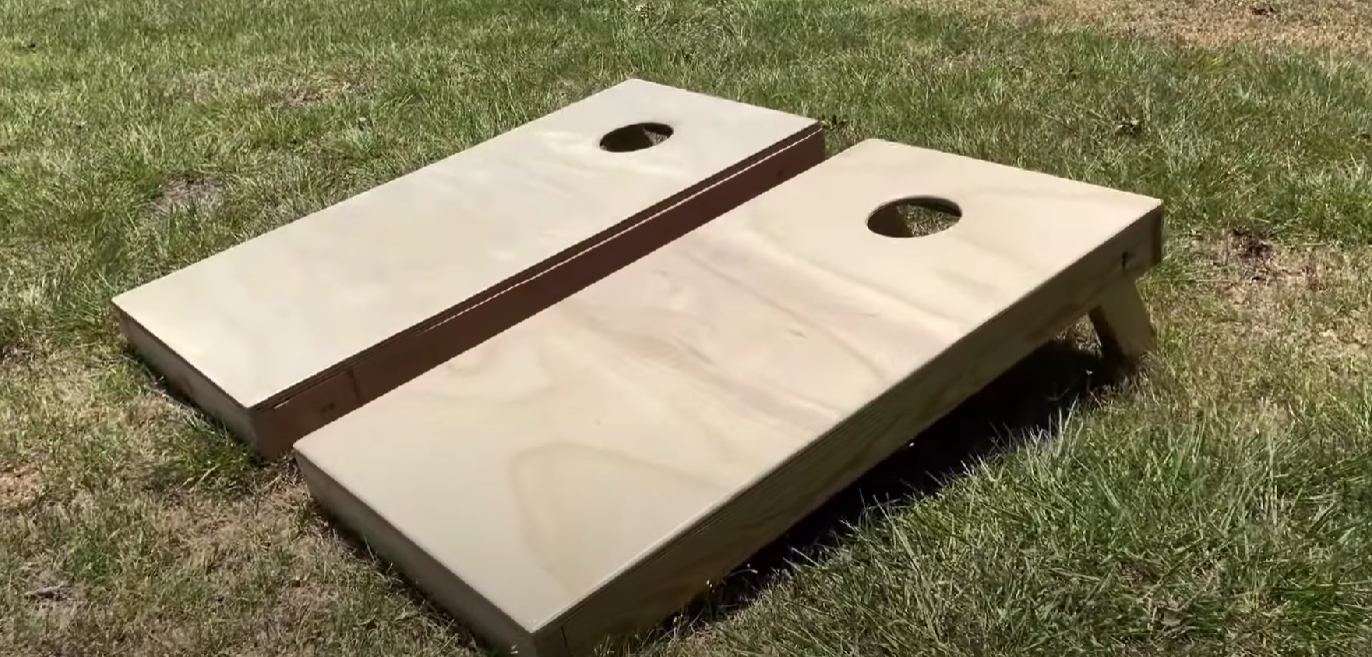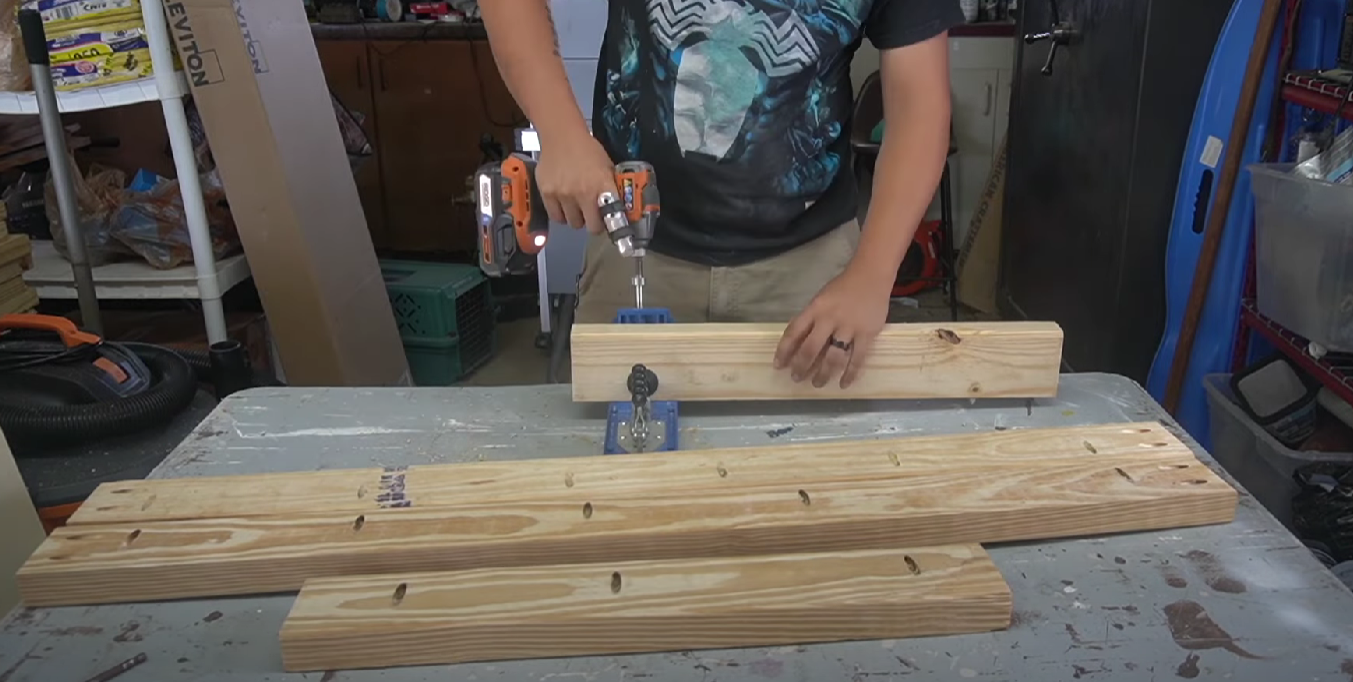Cornhole is one of the most beloved backyard games in the US and its boards are available in many variations in the market. If you decide to take on the DIY route, piecing the board together will require getting the right materials at a cost.
In this guide, we’ll share how much will you need to make a DIY cornhole board, breaking down the expenses to ensure your summer gatherings hit the bullseye without breaking the bank.
How Much Does It Cost to Make Cornhole Boards?
Crafting your very own cornhole boards is not only a fun project but also a pocket-friendly endeavor. With a price tag of under $50, DIY cornhole boards bring affordable entertainment to your backyard.
From gathering the necessary materials to adding your personal touch, this budget-friendly option allows you to enjoy the game while keeping your expenses in check.
What Are Cornhole Boards?
Cornhole boards, also known as bean bag toss boards or corn toss boards, are a popular outdoor game played by tossing bean bags into holes on a raised platform. The boards are typically made of wood or other sturdy materials and are rectangular with a smooth playing surface.

Each board has a hole at one end, and players aim to throw their bean bags through the hole or land them on the board to score points. Cornhole boards provide endless entertainment at backyard gatherings, tailgate parties, and social events, offering a fun and competitive game for players of all ages and skill levels.
Factors that Affect the Cost of making a Cornhole Board
Several factors can influence the overall cost to make cornhole boards. These factors range from the choice of materials and their quality to the desired level of customization and additional features.
The Selection of Materials
Cornhole boards can be constructed using various materials such as plywood, MDF (medium-density fiberboard), or solid wood like oak or pine. Plywood is generally the most affordable option, while solid wood boards tend to be more expensive due to the higher quality and durability they offer.
The thickness of the chosen material also plays a role in cost, with thicker boards usually being more expensive.
The Quality of the Materials
Higher-grade plywood [1] or solid wood boards may cost more initially, but they often provide better longevity and performance. Opting for durable materials can ensure that the cornhole boards withstand regular use and environmental factors, making them a worthwhile investment in the long run.

Customization and Additional Features
If you prefer personalized designs, incorporating custom paintwork, decals, or team logos, it may involve additional expenses for materials. Similarly, if you desire a professional-grade finish, you may need to invest in specialized tools or equipment, which can add to the overall cost.
The Accessories Required
Cornhole boards typically require bean bags filled with either corn kernels or synthetic pellets. The cost of these bean bags varies depending on factors such as the material used for the bags and the number of bags needed for gameplay.
Additionally, investing in a storage bag or a carrying case for the boards can provide convenience and protection but may increase the overall cost.
The Availability of Materials and Local Market Conditions
Prices for wood, hardware, and other materials can vary based on geographical location and supply and demand factors. It is advisable to research local suppliers, compare prices, and consider any shipping or transportation costs that may be incurred.

Several factors can affect the overall cost to make cornhole boards. By carefully considering these factors and making informed choices, it is possible to create cornhole boards that meet your budget while still providing quality and enjoyment for years to come.
Conclusion
Whether you’re a budget-conscious DIY enthusiast or a game aficionado, discovering the cost of making cornhole boards unveils a world of possibilities.
From affordable plywood to high-quality solid wood, customization options, and accessory considerations, finding the perfect balance between cost and craftsmanship ensures endless hours of fun and friendly competition.

